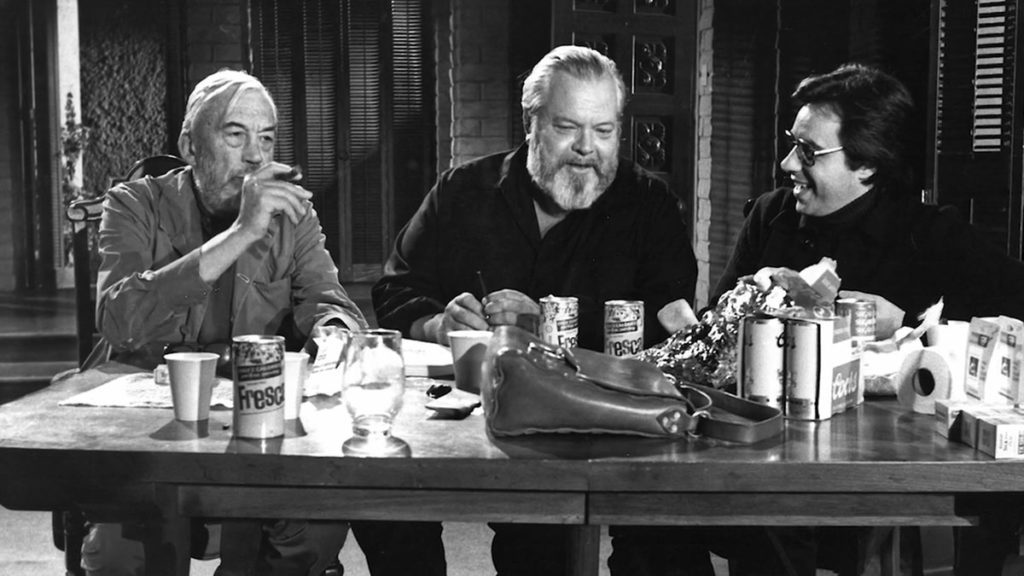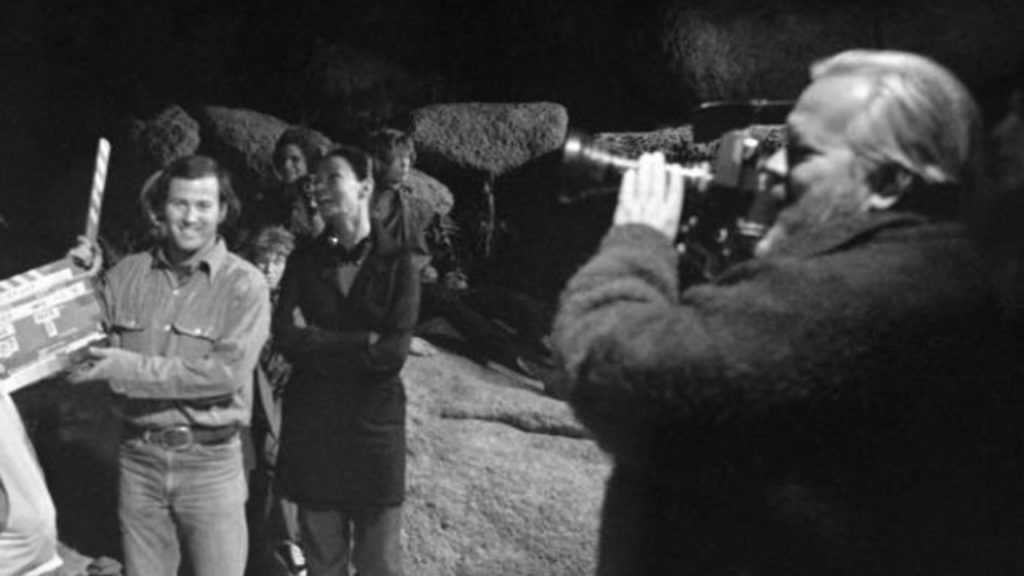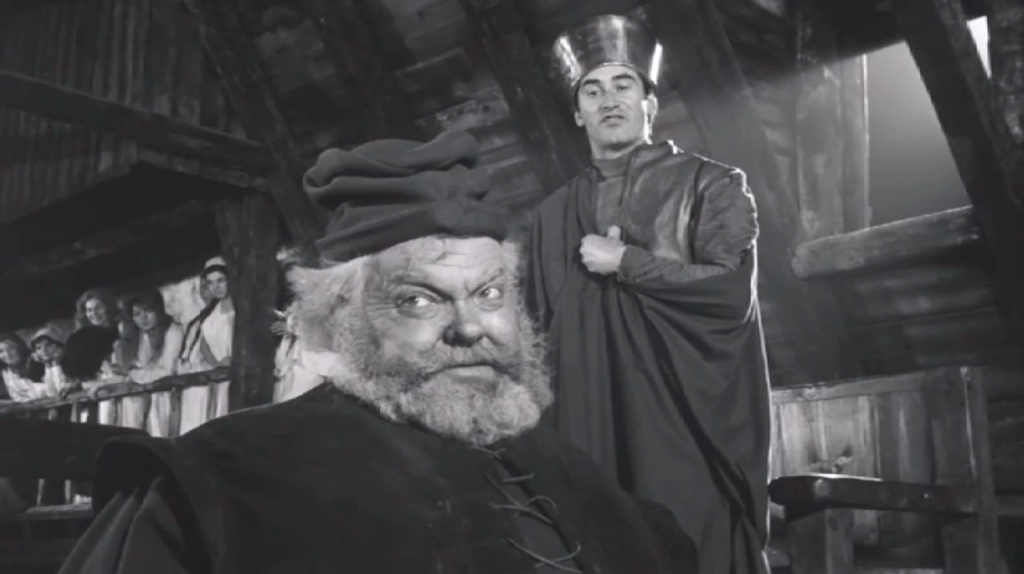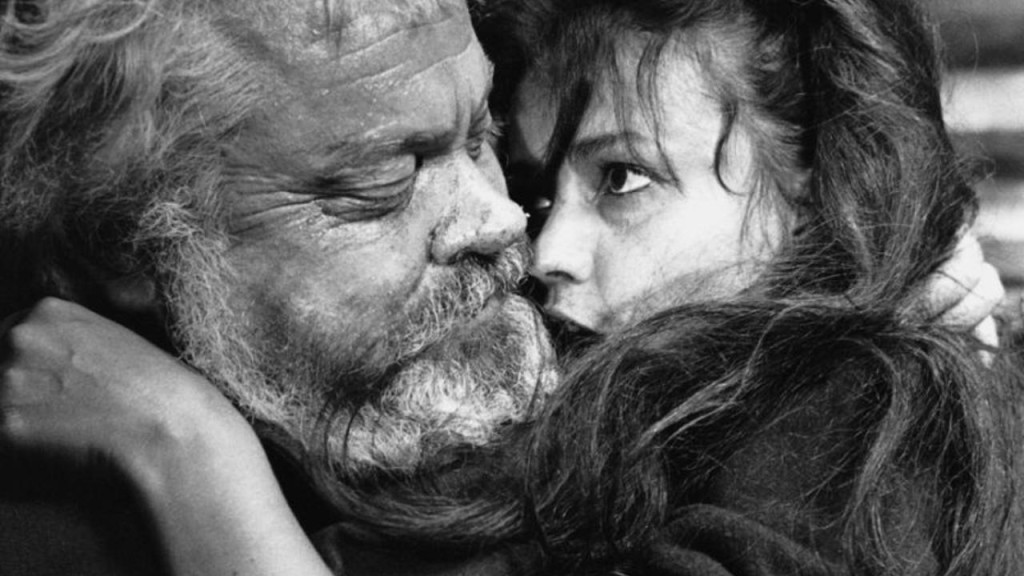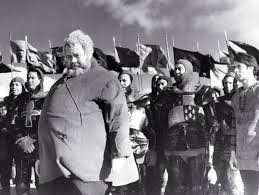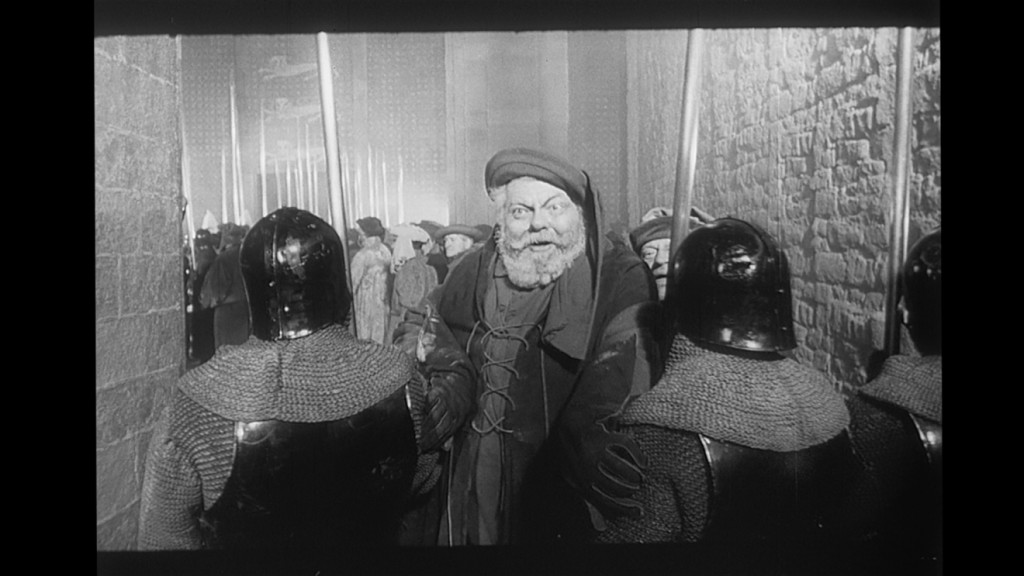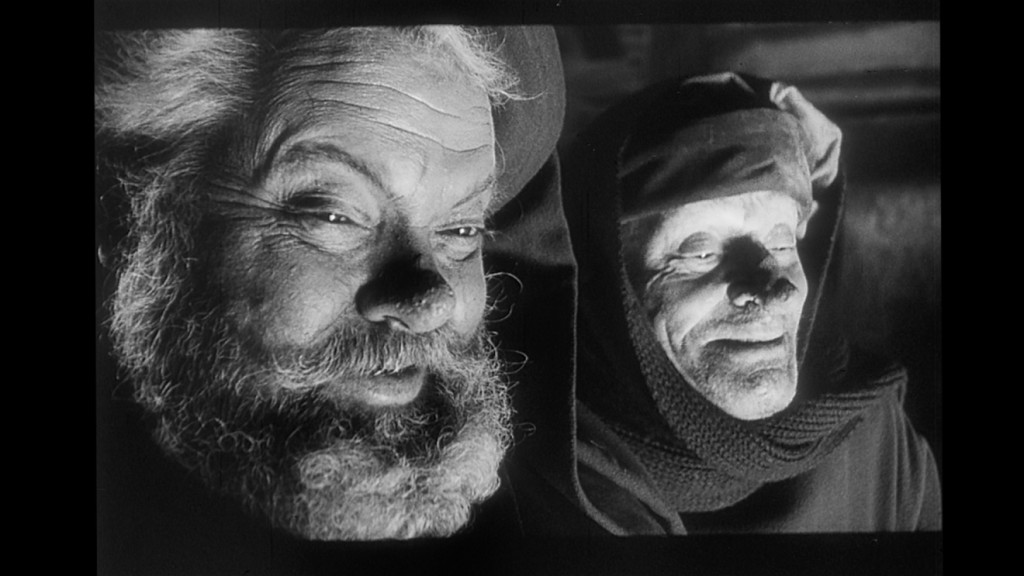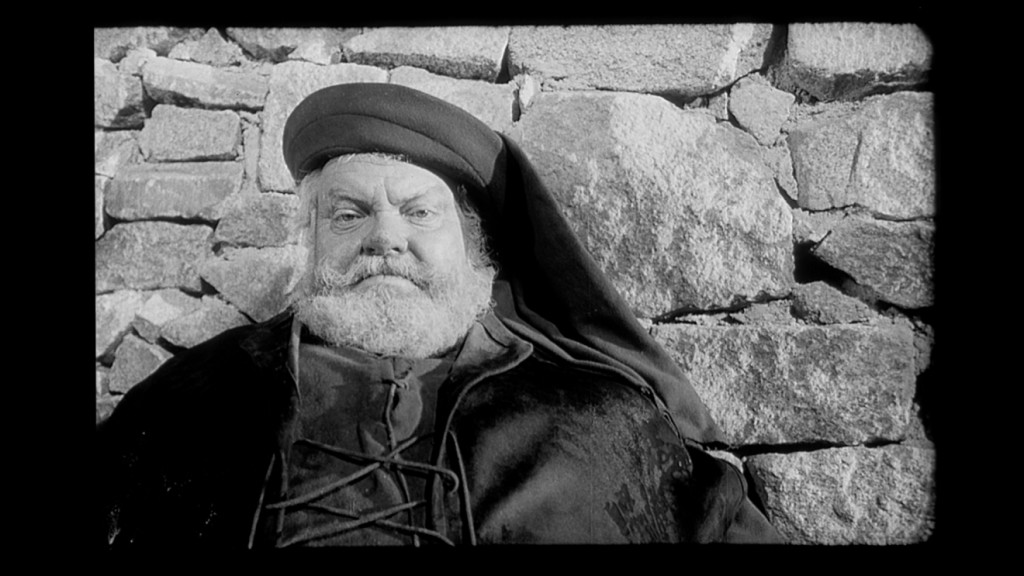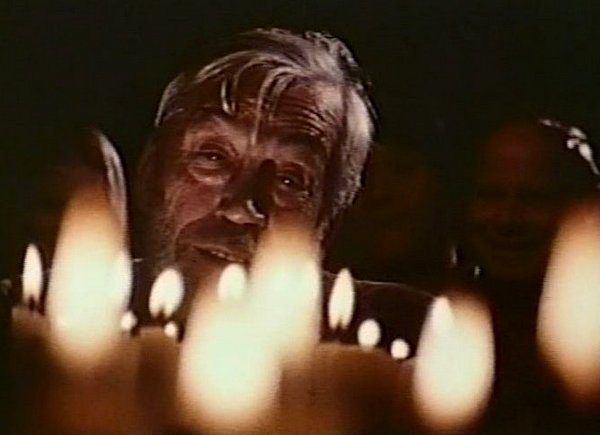
Orson Welles’ The Other Side of the Wind, finally completed and released thirty years after Welles’ death, centers on the fictional cinema auteur Jake Hannaford (John Huston). Not unlike Welles himself, Hannaford is widely recognized as brilliant and self-indulgent, as both a genius and impossible to work with, having a lifetime of relationship carnage strewn behind him. For the zillionth time, Hannaford is broke and needs to find money to finish his latest movie. He holds a screening party in hopes of snaring financial support from his now more successful protégé Brooks Otterlake (Peter Bogdanovich).
The backdrop is the sort of 1970s Hollywood hedonism where the party includes naked models, midgets (“The midgets broke into the wine cellar and got their tiny hands on the fireworks”) and female manikins for target practice. And, oh, they invited the mid-70s version of Dennis Hopper.
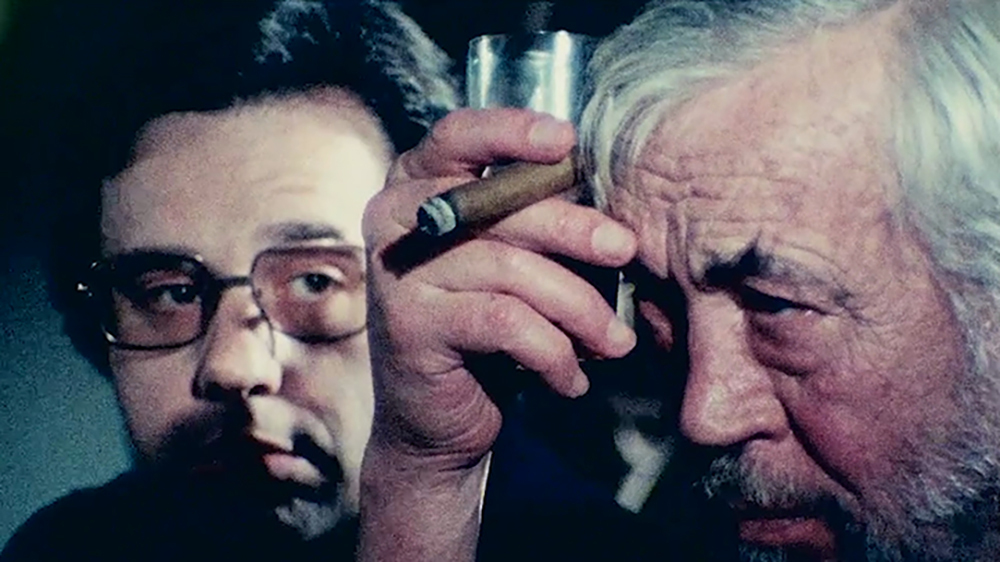
Hannaford is surrounded by his own posse of collaborators and hangers-on, and a cynical bunch they are. That rampant and matter-of-fact cynicism is very witty, and things are funniest when things go badly – the money pitch is prematurely exposed and the screening of an art film has to be re-located to a drive-in!
John Huston’s performance is wonderful, especially when Hannaford is not suffering fools gladly. Hannaford’s team of scoundrels is played by Mercedes McCambridge, Tonio Selwirt as the Baron, Gregory Sierra, Paul Stewart and Edmond O’Brien, with Lili Palmer as an ex and Susan Strasberg as a provocateur of the press. In fact, virtually every actor delivers an excellent performance, except for Cameron Mitchell with his odd, apparently Southern, accent.
I was surprised by brilliance of Norman Foster’s performance as Hannaford’s gofer Billy, loyal, weary and crapped-upon; Foster is known for 57 screen credits as a director, but he also acted, supporting Walter Huston in one of the first talkies in 1929.
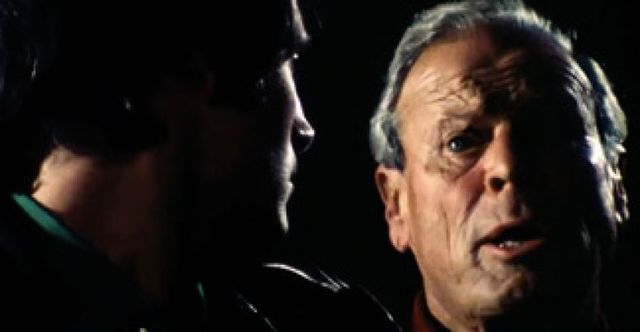
And then there’s the surreal film-within-the-film – the unfinished Hannaford movie that is being screened at the party. The star of that film is Welles’ real-life girlfriend, the Croatian actress Oja Kodar, who co-wrote The Other Side of the Wind. Kodar’s character strides around empty vistas naked and dominates the pretty boy leading man (Robert Random). This film is pure eye candy, with the most vivid colors and the most dramatic camera angles. Kodar’s almost silent performance is exceptional – she has the gaze of a predator, always direct and in command. She looks great naked, and her sex scene in a moving car is exceptionally erotic.
Some critical comment suggests that the film-within-the-film is Welles’ satire on European art films. But, to my eyes, it’s consistent with a good art film of the 1970s, too. Either way, you can’t stop watching it.
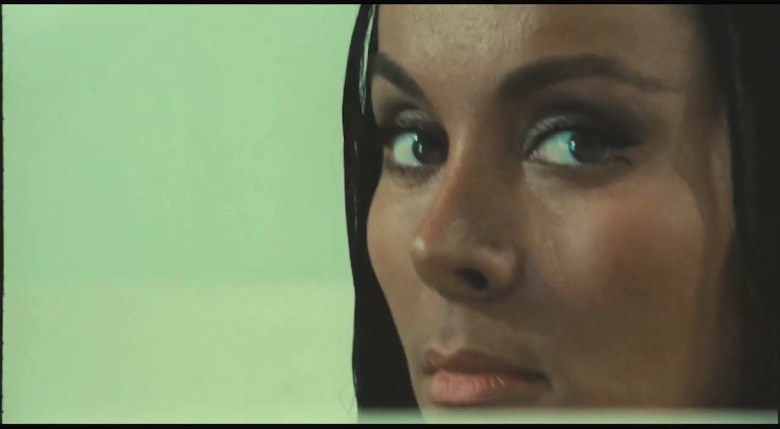
The Other Side of the Wind has been famous for decades as a Lost Film (and now as a recovered film). But it’s best viewed without that baggage – by just absorbing what’s up on the screen.
Not everyone will like The Other Side of the Wind, especially those who like their movies to be linear. Is The Other Side of the Wind a mess, as some have described it? I don’t think so because the party scenes are SUPPOSED to be frenetic – Welles dips deeply into chaos and ambivalence and obscurity with intentionality.
The Other Side of the Wind is Welles’ unsparing glimpse into his own personality – a personality that self-sabotages his art and cruelly mistreats those closest and most necessary to him. The question he seems to ask himself is whether the self-created tumult is a REQUISITE for his art or an IMPEDIMENT?
The Other Side of the Wind is available for streaming on Netflix. It is accompanied by two documentaries on Orson Welles and his final movie: They’ll Love Me When I’m Dead and A Final Cut for Orson: Forty Years in the Making, also both available to stream on Netflix.
In each of four decades Orson Welles produced unforgettable works of art. Citizen Kane is an undisputed masterpiece, and I consider A Touch of Evil and Chimes at Midnight to be great movies. The Other Side of the Wind is in that class. Thirty-three years after it’s creator’s death, it’s one of the best movies of 2018.
or decades

